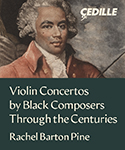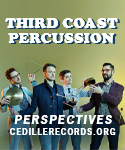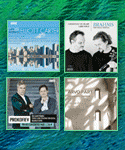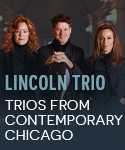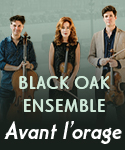Marc-André Hamelin is to the piano what Heifetz was to the violin: an artist of such technical accomplishment that many writers have characterized him as interpretively “cold” simply because he can play the most difficult passages at speed and doesn’t show any sense of obvious strain in the sweatier effusions of Romantic music. His predilection for unusual repertoire also tends to leave critics at a loss for something useful to say, given the fact that he knows far more about the music he plays than they usually do. He also cares a great deal about musical form, shaping his interpretations so as to highlight structural elements and working within those parameters, rather than drawing attention to himself by distorting phrases or breaking the long line. This is why he has become such an excellent exponent of Alkan, whose monstrous technical demands exploit the tension between strictly controlled form and extravagant content.
These qualities also make him a perfect proponent of the two Shostakovich works, the emotionally ambivalent First Concerto in particular. So I am going to take his staggering virtuosity for granted–the incredibly clean finger-work at the close of the First concerto, or in the outer movements of the Second–and speak instead of Hamelin’s gorgeous tone in the Adagio of the former, his witty phrasing in the finale of the latter, his range of color throughout both concertos, and his sensitively calibrated but wide dynamic range. Then there are the superbly judged tempos, swift but not relentless (unlike the recordings by the composer on EMI and his grandson on Chandos), with the exchanges between trumpet and keyboard perfectly timed in the First Concerto, keeping the high spirits in both works from ever sounding merely trivial. After all, these are not the composer’s most profound works, or his most flamboyant, but Hamelin (aided in no small degree by Litton’s shapely, neat-as-a-pin accompaniments) makes them sound substantial, and there’s no higher praise than that.
Shchedrin’s Piano Concerto No. 2 isn’t nearly as charming or easy to enjoy as the two works by Shostakovich, yet the music’s jerky gestures–atonal Prokofiev on a binge–reveal its Russian roots. The trumpet tune at the opening of the second movement establishes the link between Shostakovich’s First concerto, and it’s difficult to imagine the piece better performed than it is here. The orchestral part, more fully scored than either Shostakovich work, allows Litton and the BBC Scottish Symphony Orchestra a chance to strut their considerable stuff as well. Excellently balanced sonics complete an ideal marriage of soloist, conductor, orchestra, and repertoire. Certainly this is the new reference recording for the Shostakovich concertos. Bravo! [2/21/2004]
























